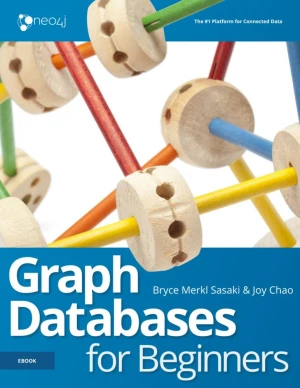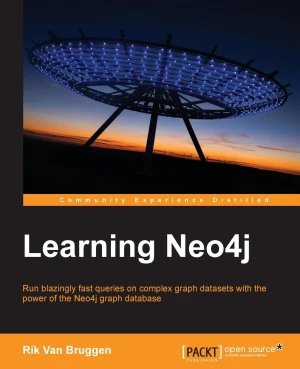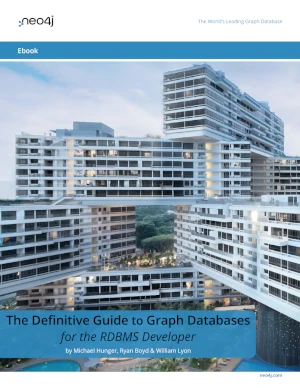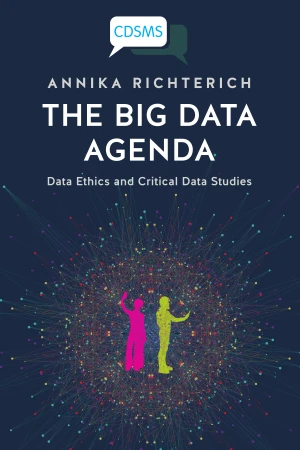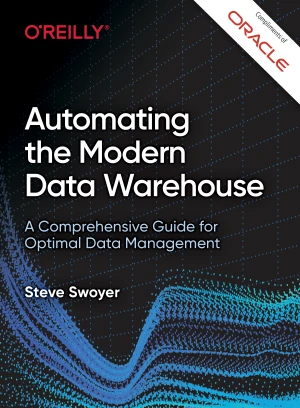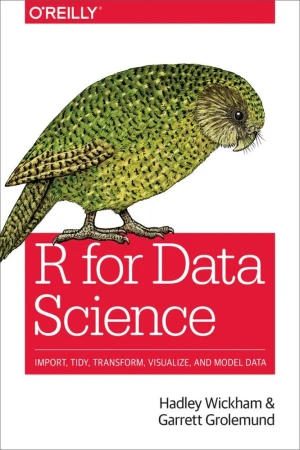Graph Databases, 2nd Edition
New opportunities for connected data
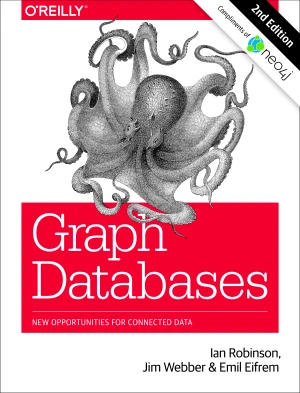
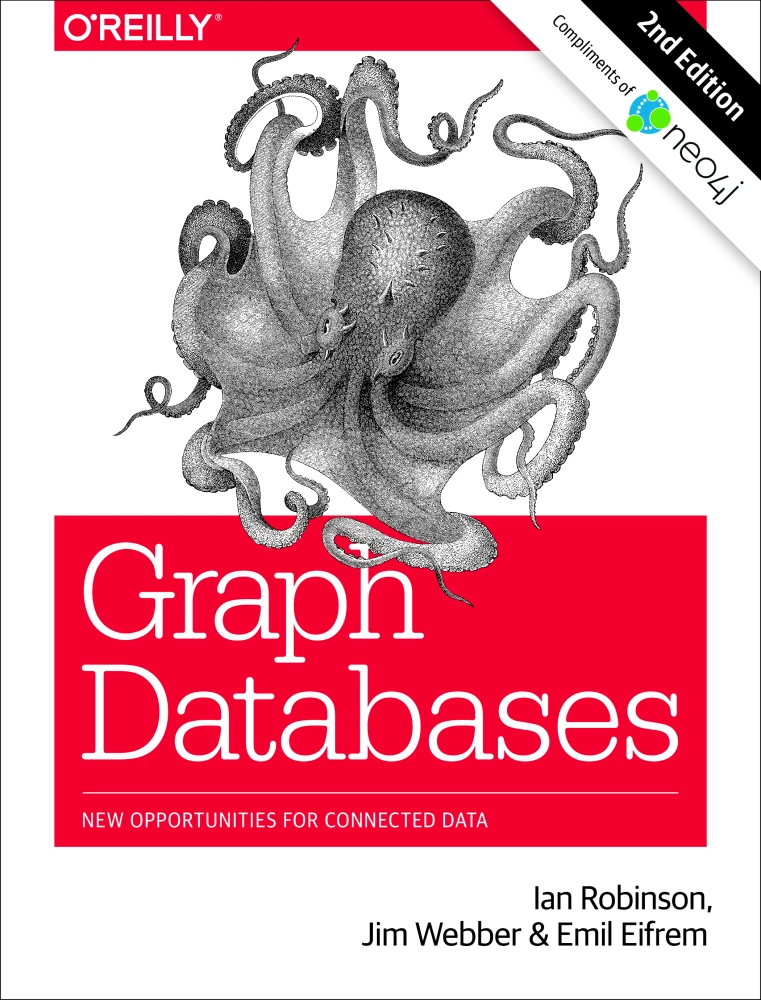
Book Details
| Authors | Ian Robinson, Jim Webber, Emil Eifrem |
| Publisher | O'Reilly Media |
| Published | 2015 |
| Edition | 2nd |
| Paperback | 236 pages |
| Language | English |
| ISBN-13 | 9781491930892, 9781491932001 |
| ISBN-10 | 1491930896, 1491932007 |
| License | Compliments of Neo4j |
Book Description
Discover how graph databases can help you manage and query highly connected data. With this practical book, you'll learn how to design and implement a graph database that brings the power of graphs to bear on a broad range of problem domains. Whether you want to speed up your response to user queries or build a database that can adapt as your business evolves, this book shows you how to apply the schema-free graph model to real-world problems.
This second edition includes new code samples and diagrams, using the latest Neo4j syntax, as well as information on new functionality. Learn how different organizations are using graph databases to outperform their competitors. With this book's data modeling, query, and code examples, you'll quickly be able to implement your own solution.
- Model data with the Cypher query language and property graph model
- Learn best practices and common pitfalls when modeling with graphs
- Plan and implement a graph database solution in test-driven fashion
- Explore real-world examples to learn how and why organizations use a graph database
- Understand common patterns and components of graph database architecture
- Use analytical techniques and algorithms to mine graph database information.
This book is published as open-access, which means it is freely available to read, download, and share without restrictions.
If you enjoyed the book and would like to support the author, you can purchase a printed copy (hardcover or paperback) from official retailers.
Download and Read Links
Share this Book
[localhost]# find . -name "*Similar_Books*"
Graph Databases For Beginners
So someone has heard about graph databases and wants to understand what all the buzz is about. Are they just a passing trend - here today and gone tomorrow - or are they a rising tide that businesses and development teams can't afford to ignore? Whether they're a business executive or a seasoned developer, something - perhaps a pressing business ch
Learning Neo4j
Neo4j is the world's leading graph database and offers users a radical new way of dealing with connected data. This book has been created to help you get to grips with it, providing you with an accessible route through a tool built to contend with the complexity of modern data. Learn the fundamental concepts behind Neo4j, and put them into practice
The Definitive Guide to Graph Databases
First and foremost, the authors did not write this book to criticize relational databases or undermine a still-valuable technology. Without relational databases, many of today's most mission-critical applications would not function, and without the early innovations of RDBMS pioneers, modern database technology would not have advanced as far as it
The Big Data Agenda
This book highlights that the capacity for gathering, analysing, and utilising vast amounts of digital (user) data raises significant ethical issues. Annika Richterich provides a systematic contemporary overview of the field of critical data studies that reflects on practices of digital data collection and analysis. The book assesses in detail one
Automating the Modern Data Warehouse
The opportunity to modernize and improve the enterprise data warehouse is one of the best reasons for moving your application to the cloud. A data warehouse can access a greater diversity of use cases and practices than is possible in an existing environment. In this report, researcher and analyst Stephen Swoyer offers a comprehensive overview of t
R for Data Science
Learn how to use R to turn raw data into insight, knowledge, and understanding. This book introduces you to R, RStudio, and the tidyverse, a collection of R packages designed to work together to make data science fast, fluent, and fun. Suitable for readers with no previous programming experience, R for Data Science is designed to get you doing data

